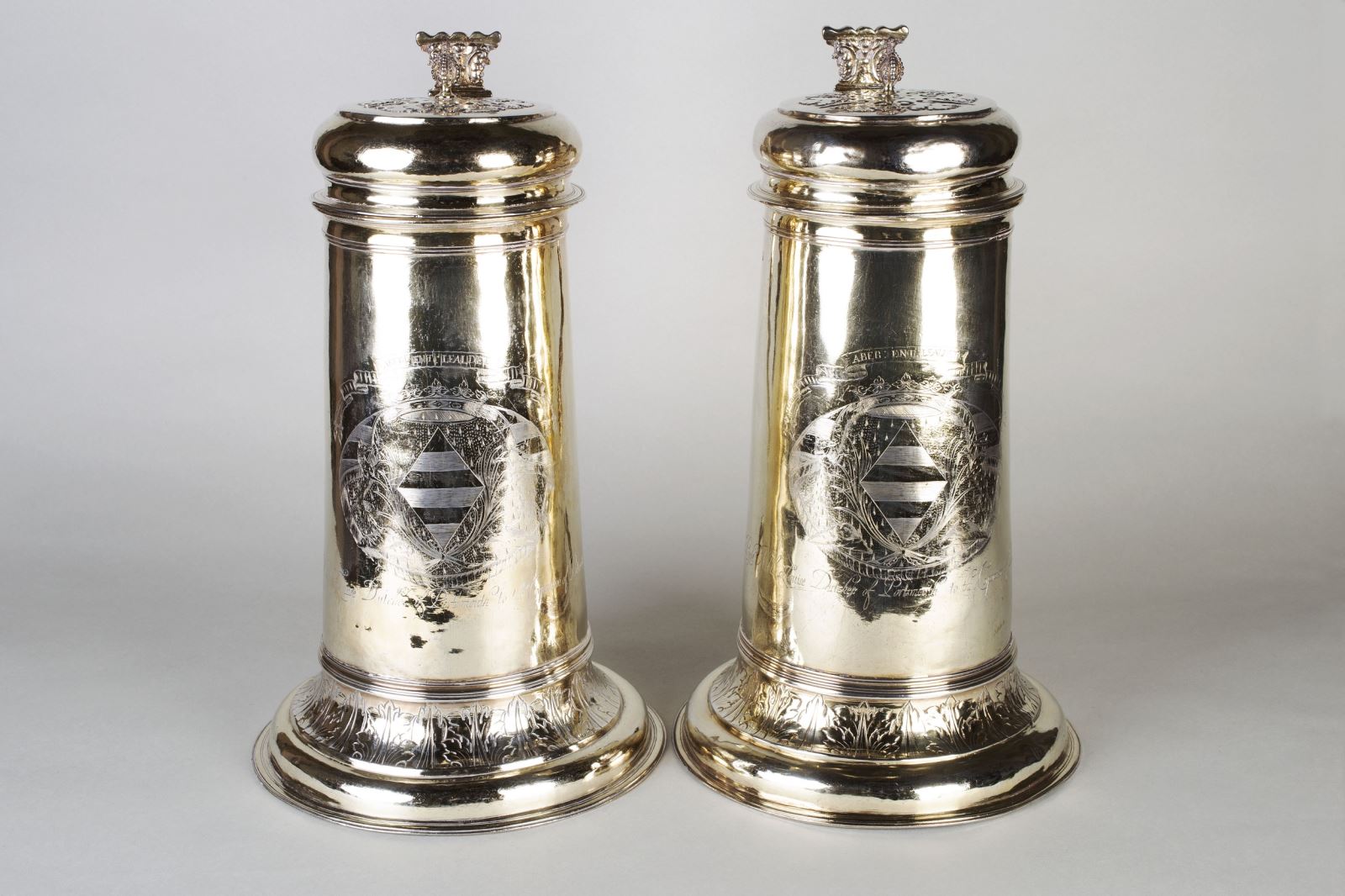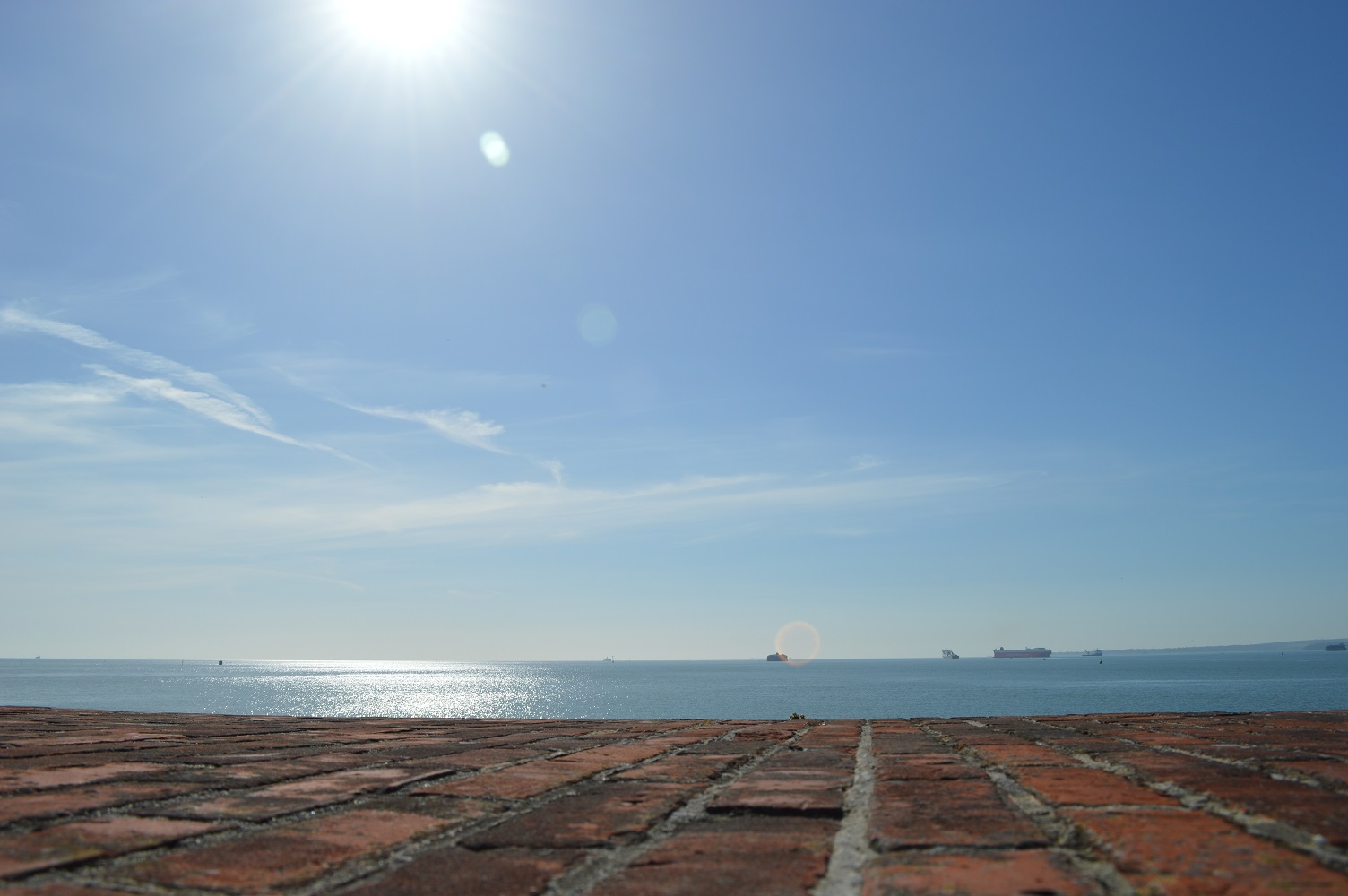You won't have to go far on this website before you encounter the words 'history', 'historic' or a variation thereon. Portsmouth is proud of its rich history, having been the place where seismic moments in history had their beginnings and great thinkers lived.
Of course, such a historic city will undoubtedly have links with the royal families down the ages. Surely enough, Portsmouth has played a large and important role not just in the lives of kings and queens, but their various relatives, contemporaries, and even love rivals.
If you're marking the Platinum Jubilee Bank Holiday Weekend by paying us a visit and want to explore the royal connections across Portsmouth, here's something to get you started.
Henry VIII's Southsea Castle and Mary Rose
It was on the very ramparts of Southsea Castle that the infamous King Henry VIII stood during the Battle of the Solent. Unfortunately for him, things didn't quite turn out as planned when his beloved flagship the Mary Rose sank (though not, as many think, on its maiden voyage).
Henry's links to Southsea Castle go much deeper than that day in 1545, however. It's said that the king himself helped design the castle and had a large say in its somewhat erratic outline.
Borrowing from fortification designs growing in popularity on the continent, Henry VIII ensured Southsea Castle had unusual angles and curves along its walls, so the soldiers stationed within had full visibility with no blind spots that could be exploited by enemies.
Of course, as the above will attest, Southsea Castle isn't Henry VIII's only link to Portsmouth. The Mary Rose was his favourite ship, so you'll be sure to find many links to the king at the world-class museum that now displays the salvaged hull - rescued after 437 years on the seabed. On your next visit you may even bump into the king himself, as he wanders around, regaling visitors with stories of Tudor life.
Charles II and Catherine of Braganza
Charles II had many links with Portsmouth, not least the Royal Garrison Church, which was where he married Catherine of Braganza in 1662. Their wedding certificate is now typically kept at the nearby Portsmouth Cathedral.
Though Catherine married into royalty, it's perhaps her and not Charles that we have more to be thankful for today, as it was she who is credited as introducing tea to Britain - having brought some across the Channel with her.
Unfortunately for Catherine she wasn't Charles's only love interest. In fact, so long is the list of Charles II's mistresses it has its own Wikipedia page! Perhaps the most notable for us is Louise de Kéroualle, the 'Duchess of Portsmouth' and even lady-in-waiting to Catherine - in a twist that would surely get its own Netflix series were it to happen today.
Though she may not have actually ever visited her Duchy, Louise did award our city two huge silver flagons, which were previously on display at Portsmouth Museum and Art Gallery as part of its Silver City exhibition.

Richard I and Portsmouth's Charter
The king with arguably the biggest impact on Portsmouth was Richard I, who granted the town (as it was back then) its very first Royal Charter. This exempted Portsmouth from paying an annual tax, and the money saved could be ploughed into local matters (which likely included setting up local courts for legal matters and hosting an annual fair, both of which were also benefits to come from having a charter).
Richard the Lionheart, as he's also known, also counted the star and crescent among his official symbols, and it's one of the (many) theories as to why Portsmouth has it as an emblem today, even though it'd be more typically associated with countries of the Ottoman Empire.
Duchess of Cambridge and the 1851 Trust
The royal connections continue today, with HRH The Queen having come here for fleet reviews and the commemorations for D-Day 75; Princess Anne formally opening LCT 7074; and Prince Charles attending for commissioning ceremonies.
However, it's the Duchess of Cambridge who has some of the closest connections with 21st century Portsmouth, having been appointed patron of the 1851 Trust. The charity uses world class sport (with a special focus on sailing) to teach engineering to schoolchildren.
The Duchess has visited Portsmouth to support the trust, and said of its work: "I feel very fortunate to have enjoyed sailing from a young age and I know it is a great way of providing young people with the opportunity to develop skills and confidence… I hope that through the 1851 Trust we can engage and inspire a new generation."
One such visit coincided with Portsmouth's hosting of the America's Cup World Series event, when some of the world's best sailors took to the Solent to race on some of the fastest boats ever created.
Of course, Portsmouth's royal connections go much, much deeper than this - from King Henry V building immense fortifications along the coast (which can still be seen today at Old Portsmouth), to Queen Victoria I making semi-regular trips to the Dockyard throughout her reign.
The result is a city with history at every turn, not to mention fantastic visitor attractions and cultural sites. It all makes for a right royal visit!
Related
Comments
Comments are disabled for this post.

 to add an item to your Itinerary basket.
to add an item to your Itinerary basket.







Comment removed by Post Author
Comment removed by Post Author
Comment removed by Post Author
Comment removed by Post Author
Comment removed by Post Author
Comment removed by Post Author
Comment removed by Post Author
Comment removed by Post Author
Comment removed by Post Author
Comment removed by Post Author
Comment removed by Post Author
Comment removed by Post Author
Comment removed by Post Author
Comment removed by Post Author
Comment removed by Post Author